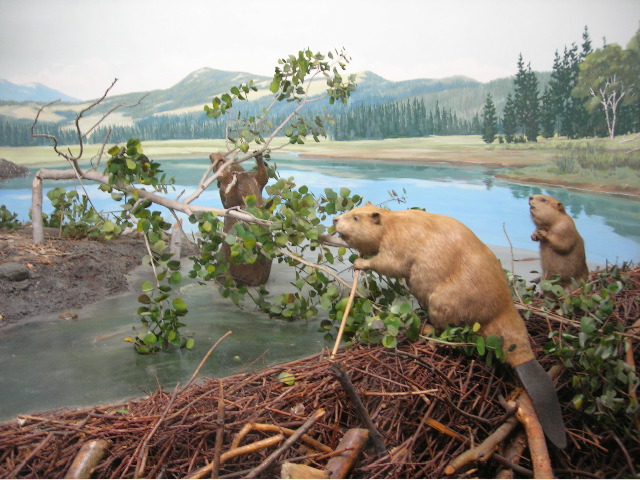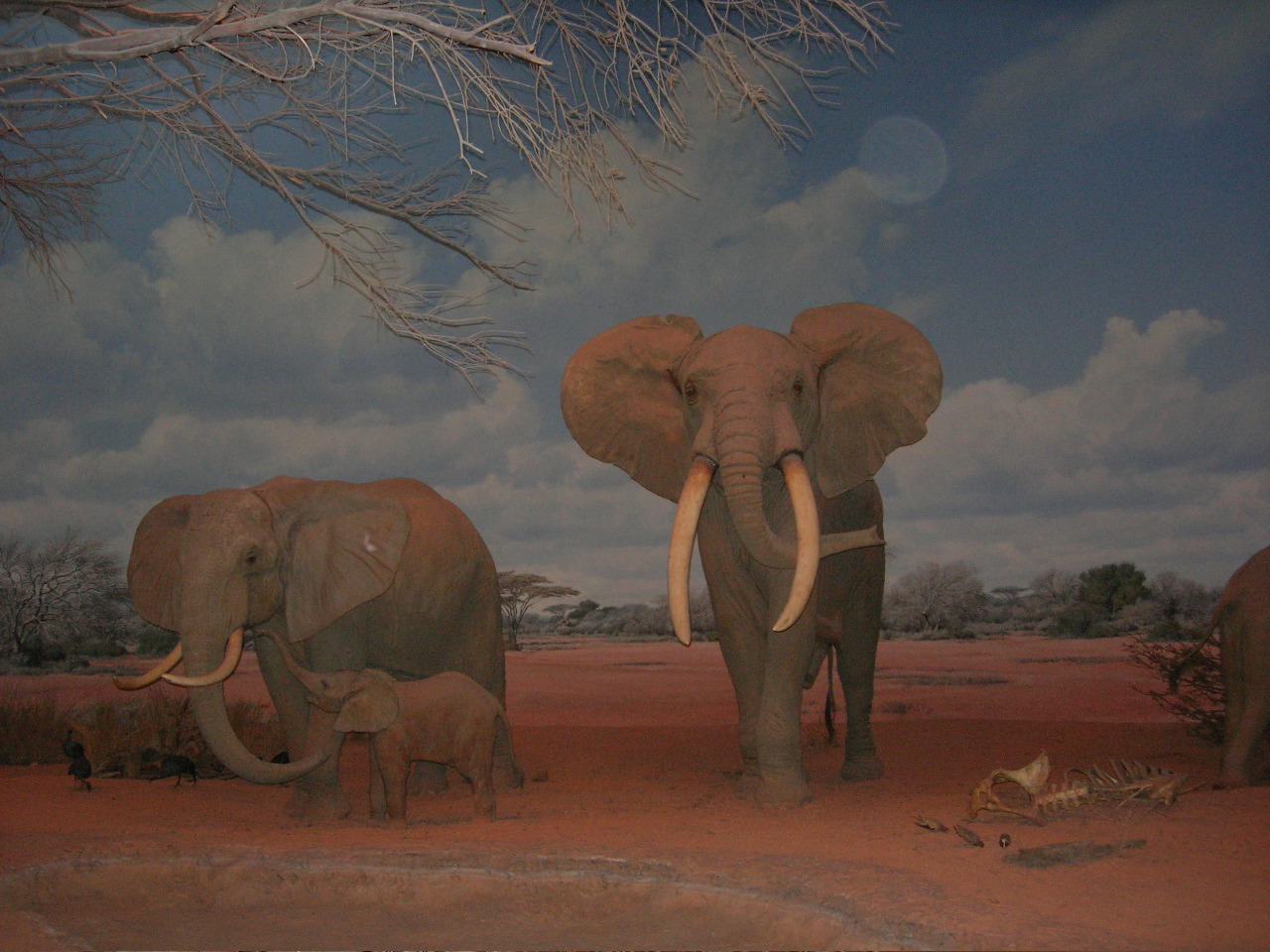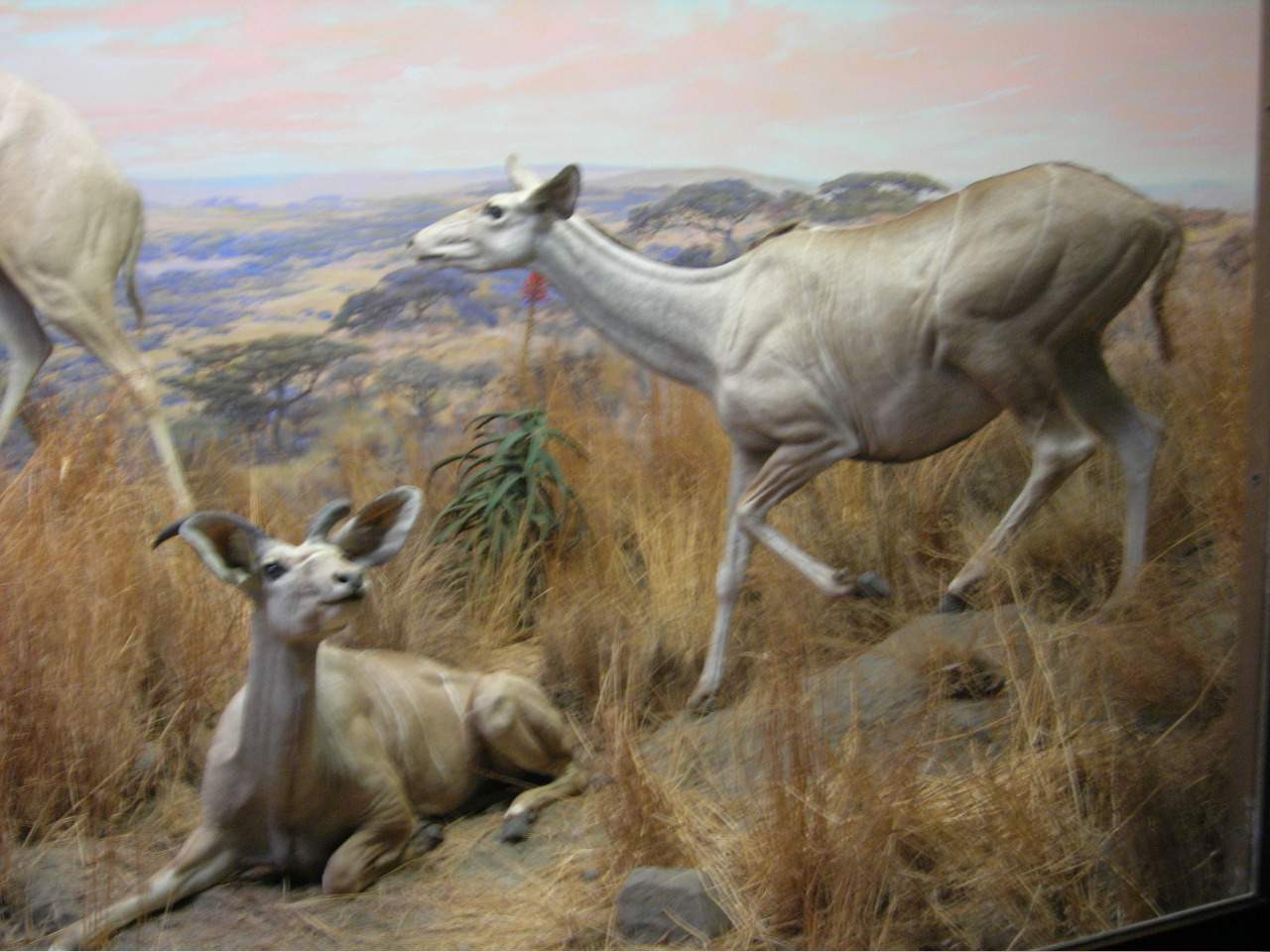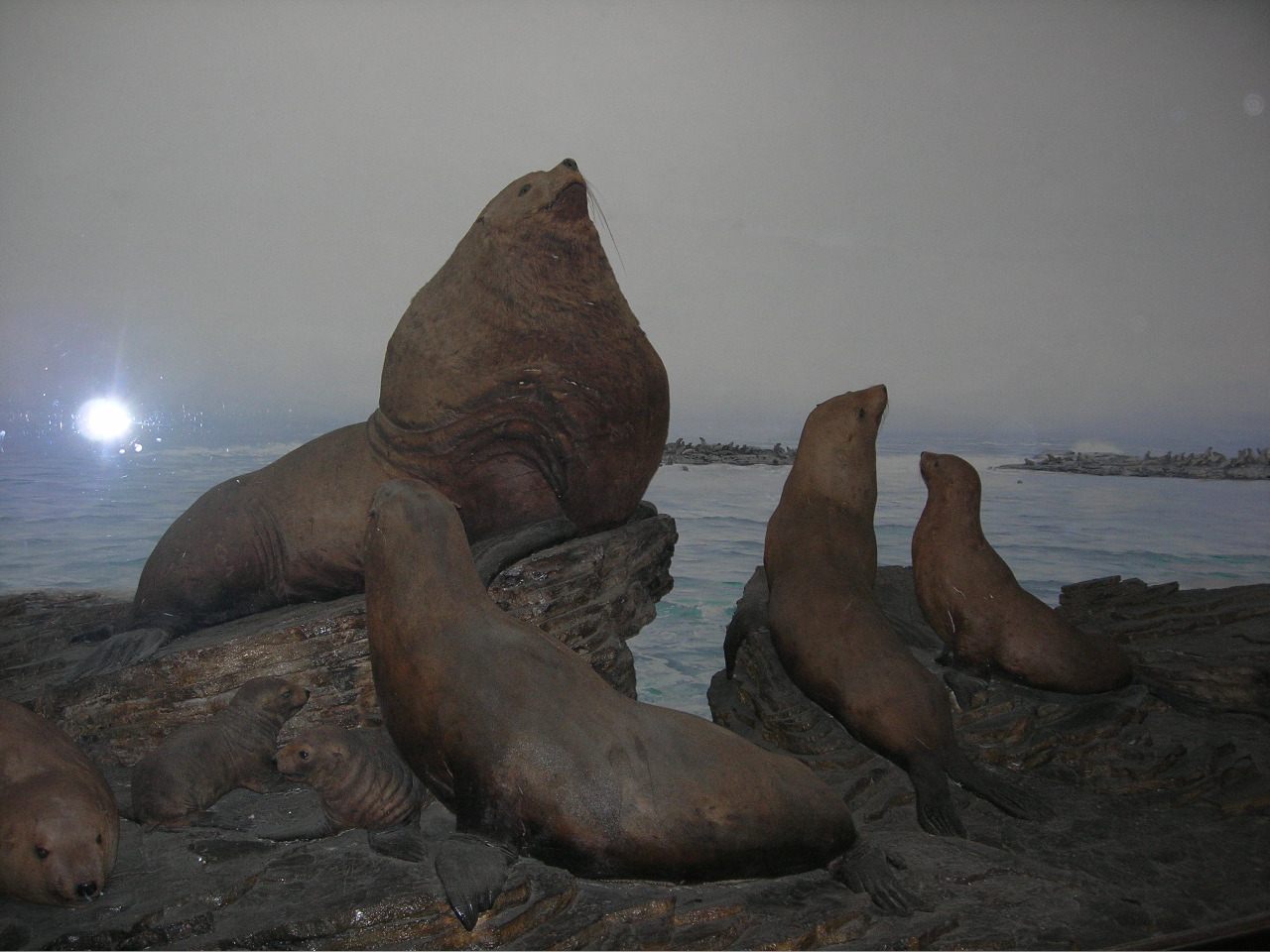Natural History Museum of Los Angeles County |
||
| Author(s): Tom Schuster | Field Trip -
Teacher's Guide SED 695B; Fall 2005 |
|
Topics addressed:
|
Field Trip the the Natural History Museum The purpose of this field trip is to encourage student to look carefully at and take the time to understand the significance of the museum, notice that the museum is always changing and rotating its exhibits, and that there is much care and intent behind not only what is exhibited, but how it is exhibited. The study guide/worksheet is devised in the form a scavenger hunt. Students are expected to work in pairs and cover as much of the museum as possible. Natural History Museum Facts (from the NHMLA site) "The Natural History Museum of Los Angeles County is a crown jewel of Los Angeles' museums. A national leader in exhibitions, education and research, the Museum is L.A.'s second oldest cultural institution, opening its doors in 1913. It is the largest natural and historical museum in the Western United States, safe guarding more than 33 million spectacular, diverse specimens and artifacts. Three floors of permanent exhibits enthrall the entire family with minds-on exploration. The towering "Dueling Dinosaurs," complete skeletons of a Tyrannosaurus rex and Triceratops in battle, greet visitors in the majestic Grand Foyer. In addition to special exhibitions, the Museum boasts magnificent permanent halls that feature grand dioramas of African and American mammals, rare dinosaurs and fossils, marine animals, Native American and Pre-Columbian cultures, and historical artifacts from California and Southwest history, as well as early Hollywood memorabilia. The exquisite Gem & Mineral Hall features the largest collection of gold in the United States. The kid-friendly Discovery Center welcomes children and families with hands-on, interactive education. Children can make fossil rubbings, dig for fossils, observe live animals such as snakes, fish and lizards and touch animal pelts. The accompanying Insect Zoo, the largest in the West, presents live insects from around the world. The Museum is also an active research center. The Research & Collections Department spans the areas of living and fossil invertebrates (echinoderms, crustacea, worms, entomology, and mollusks), vertebrates (birds, mammals, reptiles, fishes), mineralogy, anthropology (Native American, Pre-Columbian and Pacific) and history (California and Southwestern). The Museum offers free admission to Los Angeles Unified schools, and offers monthly lectures and classes. Children's educational programs and hands-on science programs such as "Adventures in Nature" are offered each winter/summer. The Natural History Museum is located at 900 Exposition Blvd. The museum is open Monday-Friday 9:30am-5:00pm, Saturdays, Sundays and Holidays 10:00am-5:00pm. Admission is $9 for adults, $2 for children 5 - 12 and $6.50 for students/seniors. Children under 5 are free. Groups of 10 or more can receive discounted rates by calling (213) 763-3218. For 24-hour Museum information please call (213) 763-DINO or visit the Museum's web site at www.nhm.org. The Natural History Museum Family includes the Natural History Museum of Los Angeles County, Page Museum at the La Brea Tar Pits and the William S. Hart Museum." |
Standards:
|
 |
Find the hot link in the picture to the left of the Walrus. What is the scientific name of this animal? How BIG can they get? |
 |
Find the hot link in the picture to the left of the beaver family. How many beavers typically live together in a single lodge? How might the building of lodges affect the ecosystem? Would the effect be positive or negative? |
 |
Find the hot link in the picture to the left. Are these African or Indian elephants? How can you tell? What adaptations do they have to help them survive and thrive where they live? |
 |
Find the hot link in the picture to the left. Are Bison native to California? When and why were they moved to the island? What is a keystone species and is this term applicable to Bison? |
 |
Find the hot link in the picture to the left. Explain the sexual dimorphism in Kudu. Why do you think that sexual dimorphism evolved? Where do Kudu fit in the energy flow in the eastern and southern parts of African? |
 |
Find the hot link in the picture to the left. What does the term "moose" mean in Algonquin? To which group of animals does the moose belong? What is the range of moose? |
 |
Find the hot link in the picture to the left. Is Eumetopias jubatus a threatened or an endangered species? What is the difference? Compare the numbers of individuals in 1970 to those in 2000. List the factors that have resulted in the population's decline. |
References & Links: Great Online Magazine, Natural History Museum, NYC
|
|